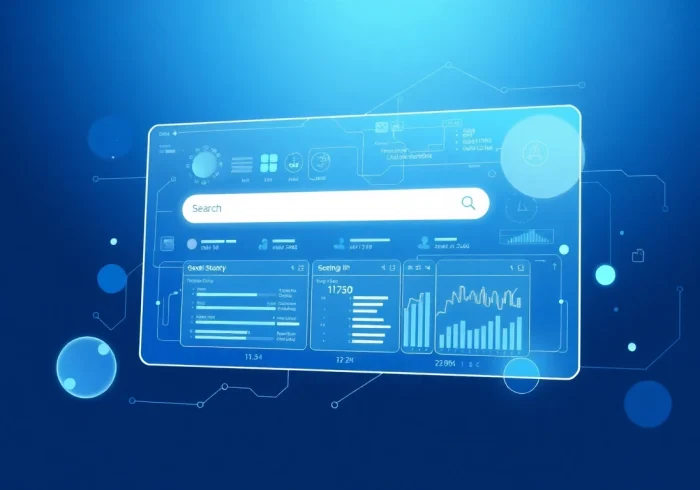Understanding Plagiarism and Its Consequences
What is Plagiarism?
Plagiarism is the act of using someone else’s work, ideas, or intellectual property without giving them proper credit. This can occur in various forms, including text, images, or even ideas. In academic contexts, plagiarism is considered a serious offense, often leading to severe penalties such as failing grades, academic probation, or expulsion.
Common Types of Plagiarism
Plagiarism manifests in various ways, and understanding these types can aid in prevention:
- Direct Plagiarism: Copying someone else’s work word-for-word without quotation marks or citation.
- Self-Plagiarism: Reusing one’s own previously submitted work without acknowledgment.
- Paraphrasing Plagiarism: Restating someone else’s ideas or information in your own words without proper citation.
- Patchwork Plagiarism: Combining various pieces of text from different authors, making it appear as one’s original work.
The Impact of Plagiarism on Academic Integrity
Plagiarism undermines the fundamental principles of academic honesty and integrity. It not only affects the individual’s reputation but can also damage the credibility of the institution. In professional settings, plagiarism can result in loss of job, trust, and legal consequences. Therefore, respecting intellectual property and understanding plagiarism’s implications is crucial for maintaining credibility in academic and professional arenas.
How a Plagiarism Detector Works
Analyzing Content for Similarities
Plagiarism detectors use advanced algorithms to compare the submitted text against vast databases of published works, articles, and online content. The technology analyzes the structure, syntax, and vocabulary of the text, identifying similarities with existing materials. This helps highlight areas where content may be plagiarized or improperly cited.
Real-Time Reporting and Feedback
Most modern plagiarism detectors provide instant feedback. Once a document is submitted, the tool processes the content and generates a report detailing similarities found, along with links to the original sources. This real-time reporting allows users to make prompt adjustments before finalizing their work.
Integrating AI Technology in Plagiarism Detection
With advancements in artificial intelligence, plagiarism detection tools have become increasingly sophisticated. AI technology can not only detect factual similarities but also understand context, thereby improving the accuracy of detections. AI-powered tools can differentiate between common phrases and genuinely plagiarized content, greatly enhancing their effectiveness.
The Importance of Using a Plagiarism Detector
Promoting Original Research
Utilizing a plagiarism detector promotes originality in academic work. It encourages students and researchers to engage deeply with their subject matter, enhancing their understanding while creating unique contributions to their field.
Enhancing Writing Skills
Regular use of plagiarism detectors can improve writing abilities. When users review the results, they can learn about proper citations, refine paraphrasing skills, and enhance their overall writing style. Understanding how to avoid unintentional plagiarism fosters better writing practices that extend beyond academia.
Avoiding Academic Penalties
Submitting plagiarized work can lead to significant academic penalties, impacting grades and future opportunities. By using a plagiarism detector, students can ensure their work complies with academic standards, thereby reducing the risk of academic misconduct.
Choosing the Right Plagiarism Detector
Features to Look for in a Plagiarism Detector
When selecting a plagiarism detection tool, consider the following features:
- Comprehensive Database: A detector should have access to extensive databases, including academic journals, books, and web content.
- Real-time detection: Immediate feedback allows for on-the-spot corrections.
- User-friendly interface: A straightforward, easy-to-navigate tool can enhance the user experience.
- Detailed reporting: The ability to view sources and understand where similarities occur is crucial for learning.
Comparing Free vs. Paid Options
There are several free plagiarism detectors available, but they often come with limitations, such as smaller databases, fewer features, and less accurate results. Paid options typically offer better accuracy, more comprehensive coverage, and additional features like grammar checks or writing suggestions. Consider your specific needs when determining which option is best for you.
User Experiences and Reviews
Reading reviews can provide insights into a tool’s effectiveness. Look for testimonials regarding accuracy, ease of use, and customer support. Platforms that offer tried-and-tested tools usually have a loyal user base, reflecting their reliability and accuracy in plagiarism detection.
Best Practices for Effective Use of a Plagiarism Detector
Steps to Run a Plagiarism Check
To effectively use a plagiarism detector, follow these steps:
- Prepare your document: Ensure your text is complete and properly formatted.
- Choose your tool: Pick a plagiarism detector that meets your needs.
- Upload your document: Import your text into the tool.
- Run the check: Start the plagiarism detection process.
- Review the report: Analyze the similarities highlighted and check the sources.
- Make necessary edits: Revise your work based on the findings.
Interpreting Results and Making Corrections
Understanding the report generated by a plagiarism detector can be nuanced. Pay close attention to the percentage of similarity and the sources identified. Not every similarity indicates plagiarism; common phrases or widely accepted facts may not require citation. Use the report as a guide to revise and improve your work.
Utilizing Feedback to Improve Future Writing
After using a plagiarism detector, apply the lessons learned to future writing projects. Take note of where you tend to struggle with citation or paraphrasing, and seek to improve these areas. Regular practice in these aspects will lead to development in writing skills over time.



